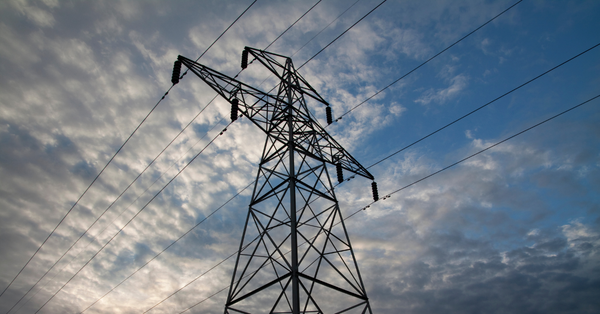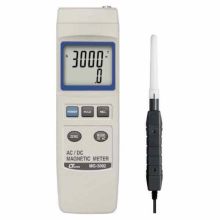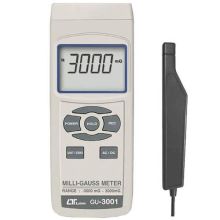Using Using a Gauss Meter to Measure the Magnetic Field of a Power Line
In this blog post we discuss how to use a gauss meter to measure the magnetic field around any power lines around your home.
We strongly recommend that you read this post before going ahead and buying a gauss meter
About Power Lines
High Voltage Direct Current (HVDC) transmission plays a key role in our national electricity grid and offers distinct benefits in the network architecture.
For example, it allows power transmission between two AC transmission networks that are running at different frequencies or are not perfectly synchronised. DC transmission is not subject to reactive power losses as in AC networks and therefore power flow between differing AC networks can be accurately controlled over the link.
For these reasons, it is common to find HVDC transmission cables running close to commercial and residential areas creating strong magnetic fields, which are measured in Tesla (in SI units) and gauss in the cgs units' system and have field lines aligned in a particular direction dependent on direction of current flow.
Using a Gauss Meter
A Gauss meter, such as the Lutron MG-3002 & Lutron GU-3001, can be used to measure the magnetic field of a HVDC transmission line, as well as AC magnetic fields.
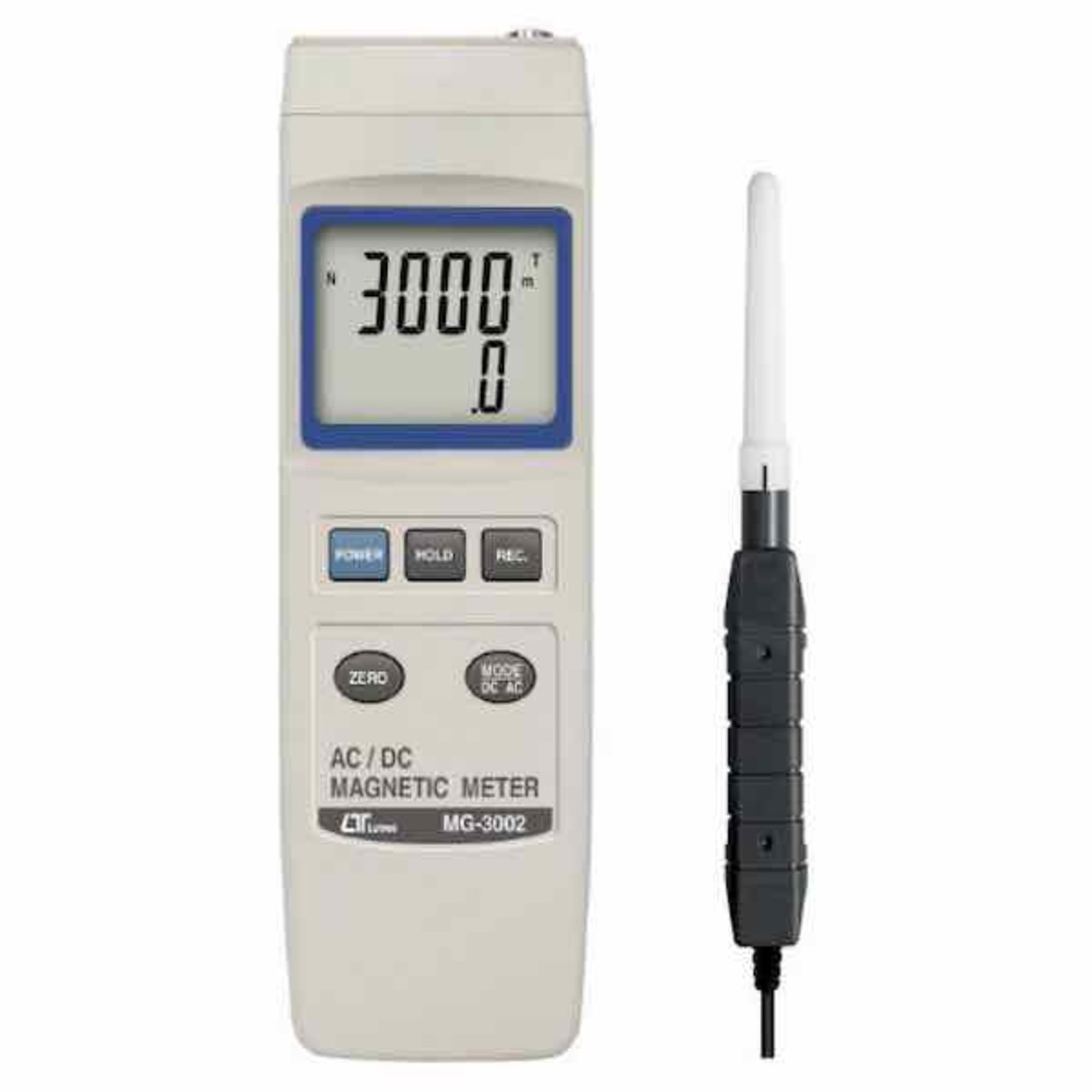
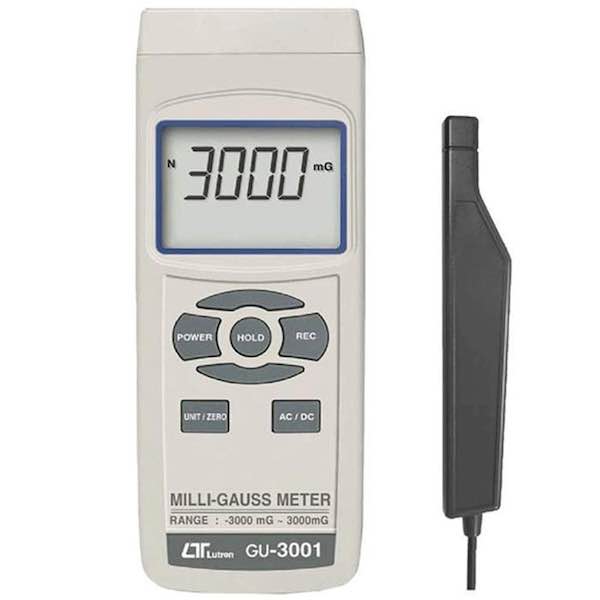
Before starting, it is important to realise the Earth has its own magnetic field, so when switching on a Gauss meter there will be a non-zero value displayed. This is unless the meter is located within a Gauss Chamber, which is a sealed enclosure that is isolated from all background magnetic fields and is used to calibrate the zero output of a Gauss meter.
Additionally, when taking magnetic field measurements, it is also important not to have on any jewellery that is magnetic or be close to permanent magnets, equipment that uses electro-magnets, or any items made of ferrous metals that have residual magnetism.
Examples are; fridge magnets, speakers, headphones, electric motors, solenoids, computers, metal furniture, door and drawer magnets, motor cars, etc. The list is endless.
If these magnetic field sources are near where measurements are being taken, then they should be moved well away, if possible, to reduce unwanted background influences. Gauss meters have the facility to zero background influences prior to taking measurements
As mentioned previously, magnetic fields have direction, which is especially useful when navigating by compass. In the same vein, the probe of a Gauss meter is sensitive to the direction it is being pointed, so be sure to orientate the probe in all directions to find the direction in which the magnetic field is strongest.
If the magnetic field direction of the HVDC transmission line being measured is not aligned with the Earth’s magnetic field, it may be necessary to zero the Earth background measurement with the probe orientated in that same direction prior to recording measurements.
The Gauss meter is a useful tool to determine whether the magnetic field strength of the HVDC transmission system is exceeding values that could harm human health, and if there is cause for concern, it is recommended to engage a professional.
Lutron MG-3002 & GU-3001 Gauss Meters
The Lutron MG-3002 is a wide range general purpose AC & DC Gauss meter for industrial, mechanical, material, electrical, laboratory field usage with measurement units in milliTesla and gauss. The measurement range extends from 0 – 300 mT (resolution 0.01 mT) to 0 – 1,500 mT (resolution 0.1 mT).
The Lutron GU-3001 is a high sensitivity AC & DC Gauss meter targeted at high precision magnetic field measurement and can detect fields as small as 0.1 mG (10 nT). Its measurements are mG and µT and its range extends from -300 µT to +300 µT.
If the user is not skilled in interpreting measurement results, it is advised to consult with a professional as ADM is not qualified as a consultant in this field.

